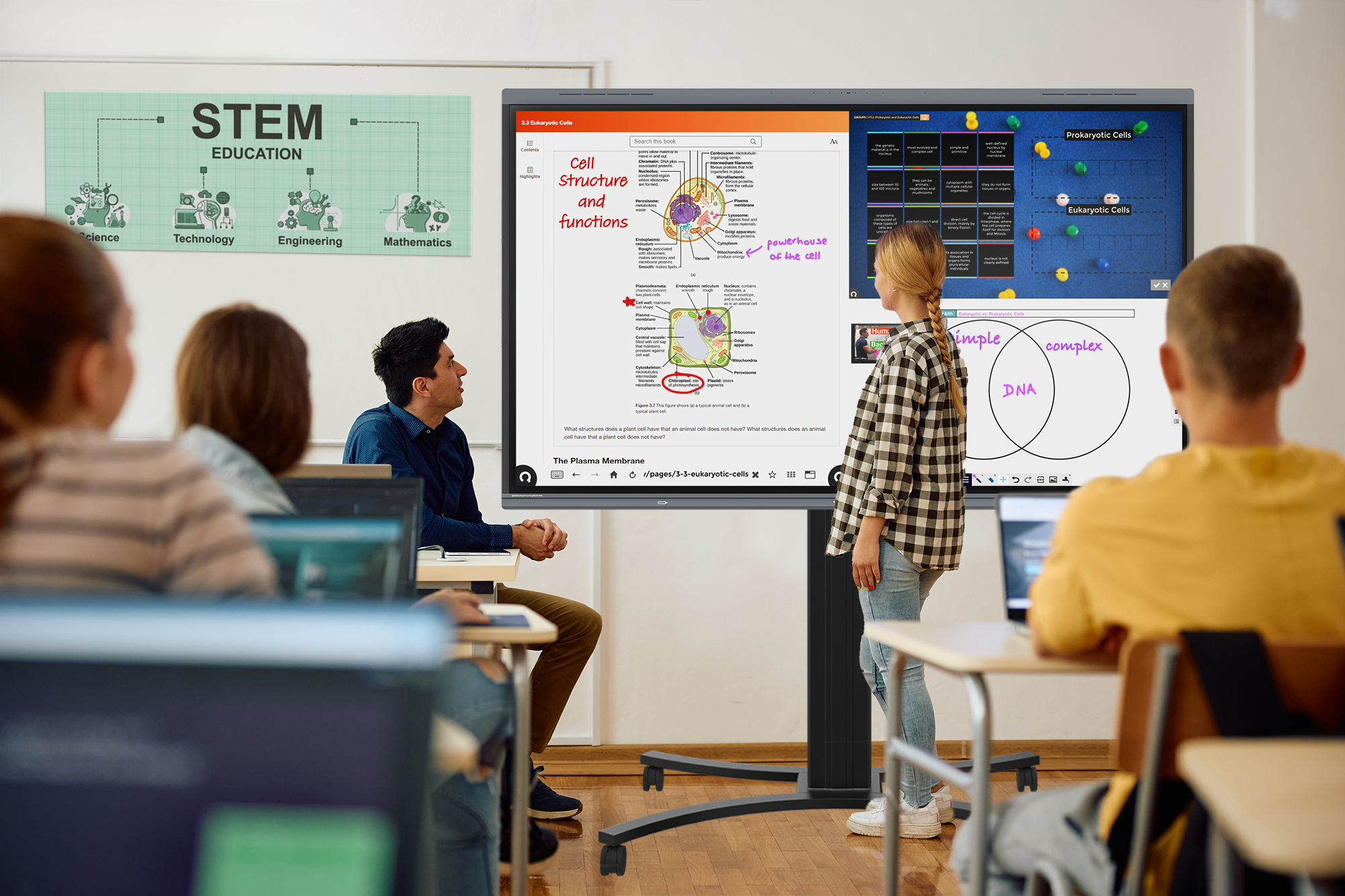Embracing the Immersive Classroom
Education is the base for a thriving society, and the transfer of knowledge has been a top priority for civilizations since the very beginning. People are constantly looking for ways to make knowledge transfer more easily, more quickly, and more effectively.
The way students learn hasn’t evolved much throughout the course of history. Fact retention teaching has long been the traditional approach to education. Studying for tests, sitting in lectures, and trying to visualize history through a textbook constitute the typical classroom experience. However, the introduction of VR has made it possible for students to experience their education in more immersive and engaging ways. As a result, the teacher’s role is shifted from delivering content to facilitating learning.
In the era of digital devices, we have an opportunity to enable better learning with technology. Virtual Reality (VR) seems to be the natural next step for the evolution of education. Embracing Virtual Reality in the classroom can provide access and opportunity to our most marginalized members of society, increase enrollment for struggling colleges and universities, and decrease dropout rates for online courses.
Accessibility
Immersive classrooms have the capability of offering opportunities to students from low-income neighborhoods, as well as students with physical, social and emotional limitations. By creating environments in an imagined reality, they are able to navigate this virtual world at will, without physical restraints. In addition to making experiences available to learners with physical limitations it also opens up possibilities for students with communication challenges like autism and Asperger's. With VR they would be capable of developing and practicing social skills in non-threating environments, or by offering access to learning opportunities from the comfort of their own homes. Conversely, it can also be used to help people view the world from the perspective of those with physical, social or emotional limitations.
Another benefit of the immersive classroom is providing access to the culture, architecture and language of other countries. Due to the high cost of traveling abroad, VR can help low-income students experience things they otherwise could not have imagined.
Increase Enrollment
VR is also a great way to make a college and university more attractive to a prospective student. Savannah College of Art & Design sent Google Cardboard headsets to 30,000 accepted students to let them explore the campus virtually. Within 12 months SCAD reported a 26% increase in admissions. VR also connects international students to state-side universities without having to pay for costly plane tickets or apply for student visas.
Decrease Dropout Rates
Growing evidence shows that VR, AR and mixed reality provides students with a variety of benefits including content understanding, a better grasp of spatial structures, greater learning of language associations, and long-term memory retention. This study also shows students have better recall — an 8.8 percent increase — when working in immersive environments as opposed to traditional computer screens. Social VR applications may also help reduce dropout rates associated with online courses, by helping remote students feel more connected and less isolated
The use of VR in education will dramatically increase in the next few years. While it is unlikely to replace traditional face-to-face teaching methods anytime soon, VR will continue to be a popular method of enhancing learning and educational experiences.























